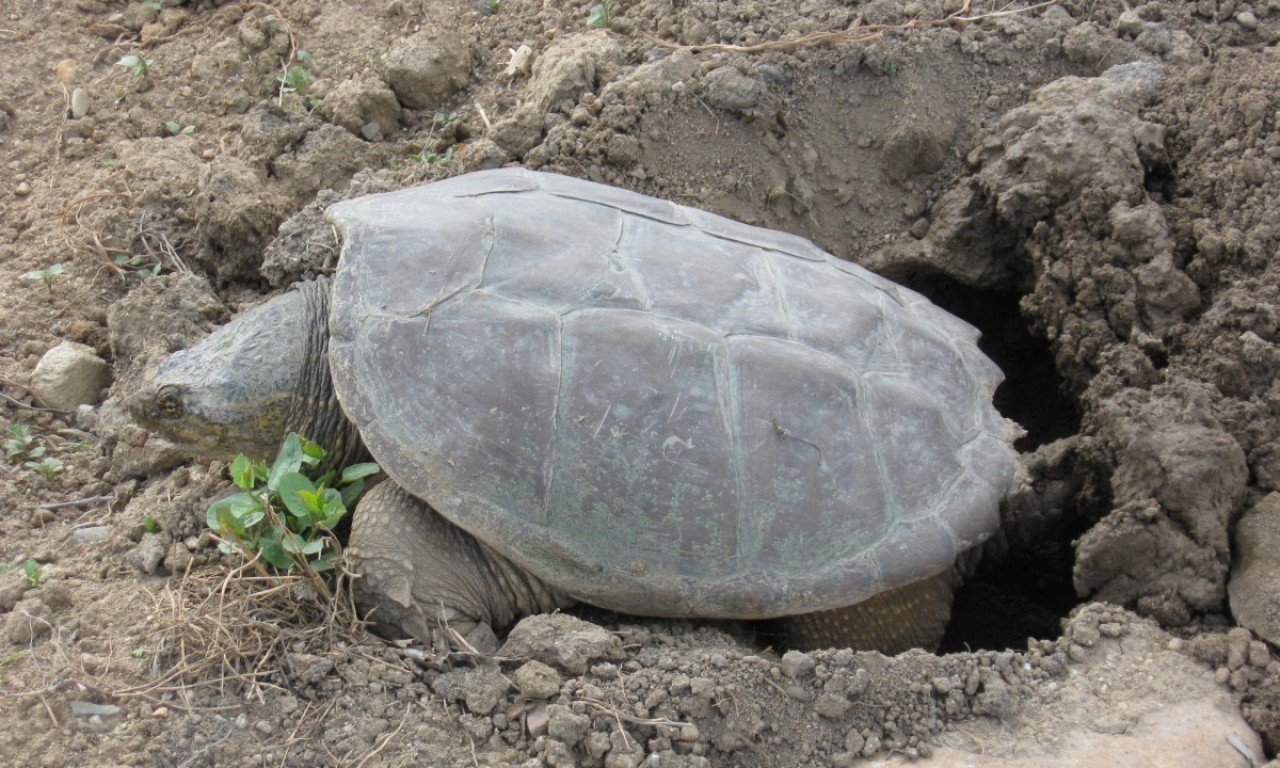Writing about cavity nesters in Boulder County seemed simple enough until I sat down to tackle the job. Unexpected complications emerged almost immediately. What is a cavity? What is a nest? Why nest in a cavity in the first place? Is a cavity a hole in the ground, a bird house, a nest box, a cave, a crevice in the rocks, a mine, a natural recess in a dead snag, a deliberately, finely-crafted hollow in a tree? All of these spaces are cavities.
There are so many creatures that take advantage of cavities at some time in their life cycle that it boggles the imagination of a naturalist. In a mild panic, I went back to basics. Most of us think of birds as cavity nesters, so I’ll start there.
Primary & Secondary Residences
Approximately 85 North American bird species are cavity nesters. Primary cavity nesters excavate their own nests, hacking into either living or dead trees depending on species needs, and secondary cavity nesters use the cozy cavities carved out by others. Most woodpeckers carve out a horizontal entrance hole just large enough for an adult to enter. No spacious foyers for them. This leads to an interior chamber large enough to comfortably raise their brood.
Building a new home each year is hard work, consuming a lot of energy during the already busy nesting/breeding season. For this reason they prefer trees in which heart rot has already hollowed out the center of the tree. Heart rot sounds dire, but this fungus-born disease does not generally kill the tree; it leaves the sapwood alive to shield the nest from the elements.

Woodpeckers are particular about the orientation of their cavities. Most northern species place them to reduce the effects of prevailing winds and to take advantage of solar gain. Smaller species may also prefer to locate under an overhanging branch, possibly for protection from the rain.
Each of these primary cavity builders provides needed nest sites for the secondary cavity nesters. Larger cavities are reused by bufflehead, hooded merganser, American kestrel, northern pygmy owl, boreal owl, saw-whet owl. Smaller secondary cavity nesters, like the small owls, mountain bluebird, tree swallow, and sometimes chickarees and chipmunks favor smaller cavities of smaller excavators, like the hairy woodpecker.
The red-naped sapsucker is a rare example of a dual keystone species, providing insect control, sap wells that feed many other species, and reusable nesting cavities. Sapsuckers make their living by drilling sap holes in aspen trees and shrubby willows. This sap is shared by over 40 species.
Most cavity nesters like the red-naped sapsucker are insectivores. Plants that always attract insect pests are not happy plants. Birds, including cavity nesters, have a significant role in keeping infestations in check. Birds are an efficient, highlymotivated natural work force ideally engineered by nature to control insects.
The Cavities You Want to Find
Cavity nesting isn’t the exclusive purview of birds. Many other animals seek out the safety and comfort of cavity nests, including mammals, insects, turtles, and some snakes and lizards.
Finally, let’s not forget that many human cultures have used cavities for shelter. We humans have sought out caves for the same reasons as other creatures. Cavities offer safety, security and shelter.


